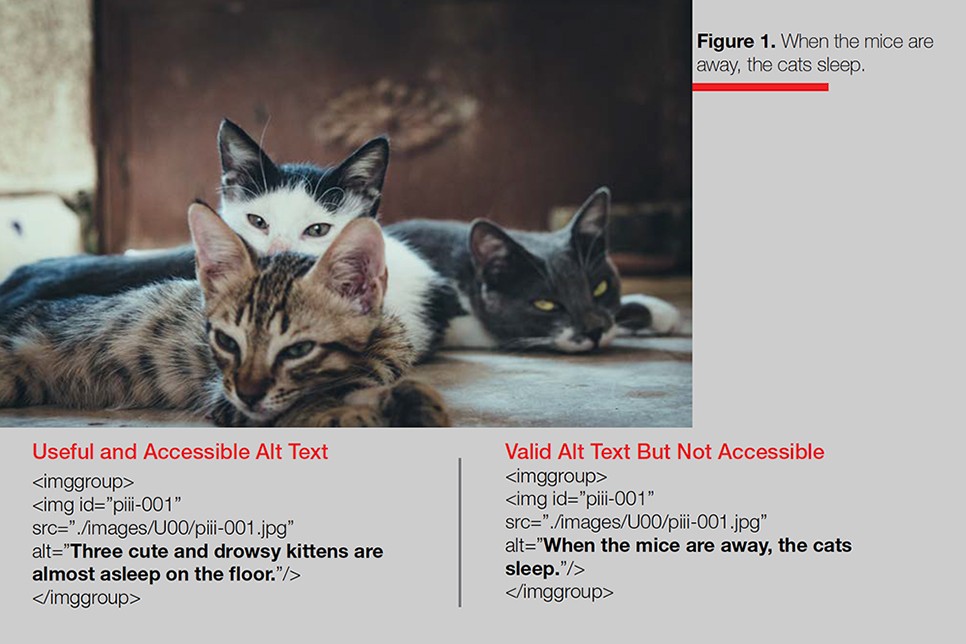
Across most levels of education, students now expect learning experiences to be broadly in-line with their fast moving, digitally native, on-the-go lifestyles. And the pressure to cater to this need and deliver learning in a dynamic way is something which educational institutions feel on a daily basis.

In 2017 we published a white paper entitled Six Big Trends Reshaping K-12 Education Publishing which focused on some of the major developments driving innovation and change in the sector. The report homed in on issues such as changing legislation and standards, accessibility and demographic shifts, while also exploring how publishers are adapting to classroom and curricula trends such as OER (Open Educational Resource) and adaptive tech.

Accessibility is an approach to publishing and design that makes content available to all, including those with disabilities who use assistive technologies on the computer. The aim of accessible publishing is to make reading easier for users who have difficulties or disabilities including the blind, partially sighted, and people with learning disabilities.
K-12 and Higher Ed publishers provide complex content that is deeply intertwined with Learning Management Systems and other digital deliverables. That makes accessibility harder—and potentially more rewarding.


